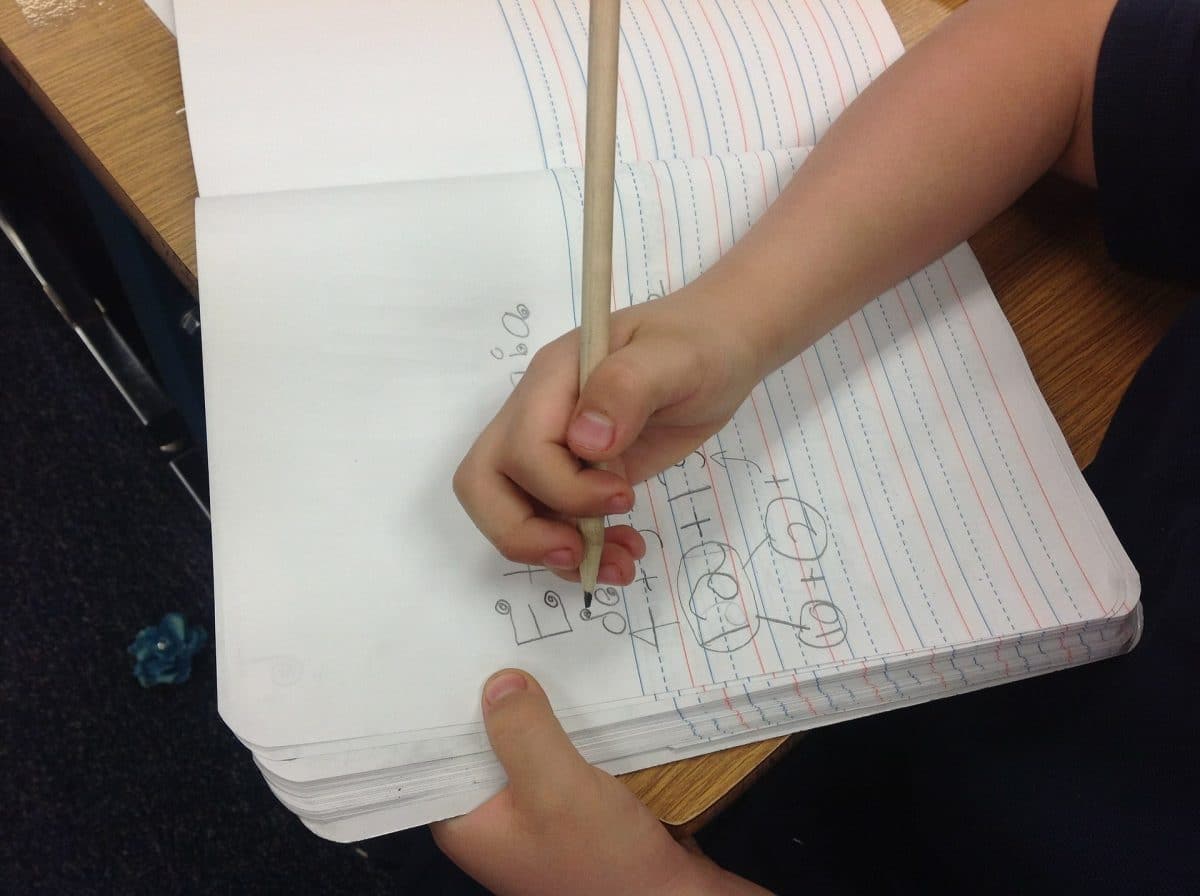
La Literacy is the process by which people learn to read, to understand a text and to write their own. But not all of us learn to write and read in the same way, or at the same speed. We tell you some of the most used methods with their advantages.
The importance of literacy is unquestionable. Thanks to her, children and adults can dialogue, learn and get in touch with other people, and other ideas, even if they are not present. Also with reading and writing attention and coding skills are developed and decode symbols.
How many literacy methods are there?

There are various methods of learning to read and write, but somehow they all come together in 3 types or groups:
- Methods synthetic or syllabic, It goes from the simplest to the most complex. Children memorize letters, syllables, sounds, until they can identify the words and then read the sentences. I think almost all of us have learned this way. These methods are widely used, but are actually quite unmotivating. The common strategies used in school to learn by this type of method is repetition and imitation.
- Methods analytical or global. Here the children are taught to read and write without resorting to memorizing the minimum elements. In the end, the recognition of letters and syllables is achieved. These methods are more motivating for children, but require more effort on the part of the teacher.
- Methods mixed they combine elements of synthetic and analytical methods. They are also called eclectic calls.
Is there a more suitable method than another?

Learning to read and write should be a attractive process. It is very important to offer children activities that start from their daily lives, that are experiences close to them. We can stimulate them by making them see that the letters surround us, that there are discoveries and carrying out tasks that they identify with the written word.
Regardless of the method by which your son or daughter is learning to read, and later to write, the activities must be motivating, playful, visual, auditory, spatial, and above all meaningful to him. We say what to write because before starting to copy the letters the child must learn to control the movements of his hand. On this article We will tell you some important keys before the literacy process.
Some activities to promote literacy

These activities help to promote children's literacy skills, but if you see that your son or daughter is not interested, or bores them, you will have to try others.
Through story reading the children identify the sounds. Who has not happened that when turning the page the child already knew what the protagonist was going to exclaim. This is so, when we have read the same story several times, because it is assimilating and remembering. A recommendation is to go pointing out the names of the protagonists. When you see them written anywhere else you will recognize them.
You can have at home a corner of the letters. Each letter is identified at the same time with different things, a fruit, an animal, a means of transport ... it will be your child who will discriminate by selecting, classifying his own vocabulary. Other activities They are: making picture books, expoerience books, looking for their name, uppercase lowercase association, letter dominoes or filling letter molds with plasticine with the correct address.